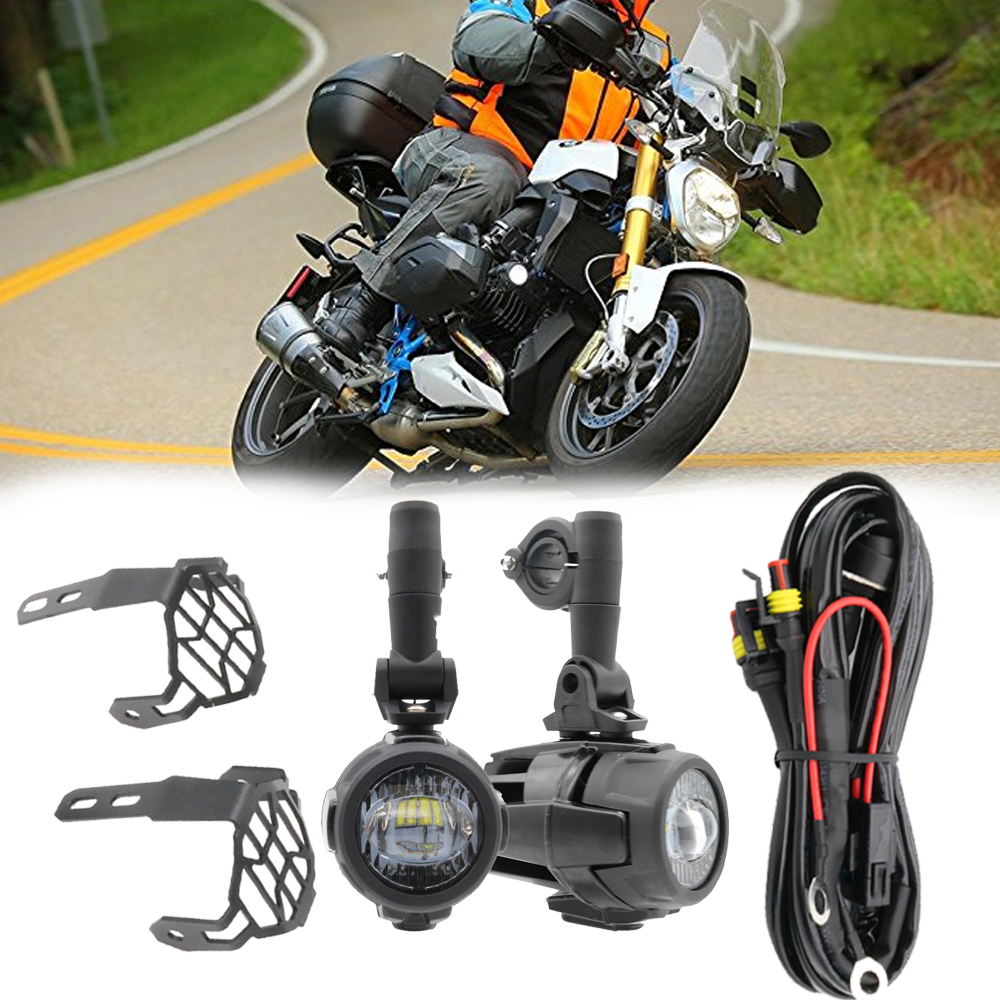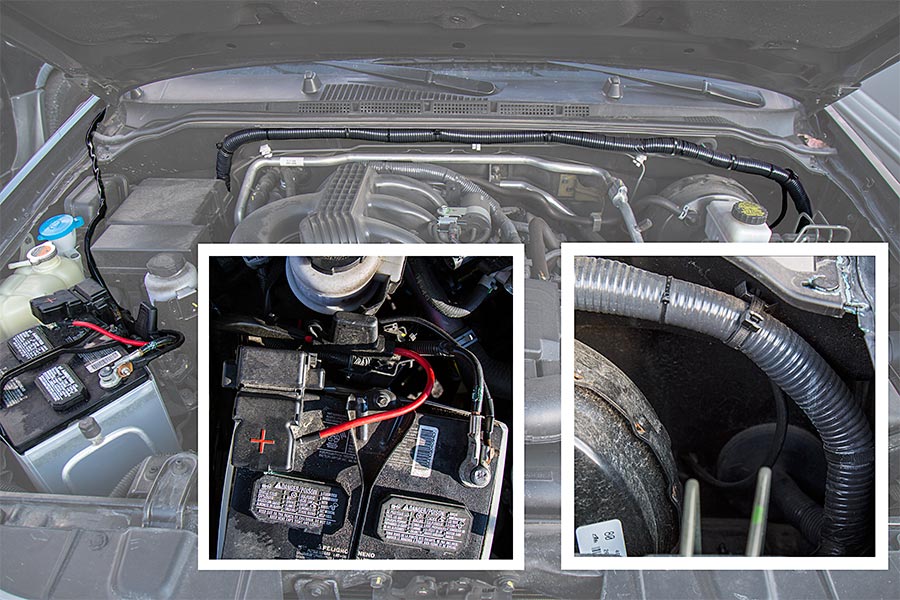Samsung's QLED TV lineup today includes the Q9, Q8, and Q7 series. These models use a technology known as metal quantum dots, offering a wider viewing angle, deeper blacks, and improved color accuracy. According to Samsung, these TVs can achieve 100% color volume and have peak brightness levels between 1500 to 2000 nits—double that of their 2016 SUHD TVs.
However, with so many manufacturers claiming their latest TVs are the best, it's easy to get confused by all the technical jargon and English abbreviations. Consumers often struggle to understand what each term really means. While OLED is well-known, many are still unclear about how QLED compares. Let’s start from the basics.
One common misconception is that QLED stands for "Quantum Dot Light-Emitting Diodes." In reality, QLED TVs are not fully self-luminous like OLEDs. Instead, they use quantum dot technology, which is similar to traditional LCDs but with a special filter that enhances color output. This filter, made up of tiny semiconductor particles, replaces the red, green, and blue filters used in older TVs, allowing for more accurate and vibrant colors.
According to Samsung, their QLED TVs rely on a backlight to stimulate the quantum dots, which then produce the desired colors. This method allows for higher brightness, better color gamut, and more precise color reproduction. The company has also introduced new materials that improve the efficiency of the quantum dots, leading to even better performance.
When comparing QLED to LCD TVs, the main advantages include deeper blacks, better color rendering, and a wider viewing angle. However, high-end LCDs have already made significant progress in these areas, making the difference less noticeable to the average viewer. That said, QLED technology still offers a clear technical advantage, though it may take time for consumers to see the full impact.
In comparison to OLED TVs, QLEDs have a key advantage in brightness due to their built-in backlight system. This makes them particularly well-suited for HDR content, where higher brightness is essential. On the other hand, OLEDs benefit from self-luminous pixels, which allow for superior contrast and deeper black levels. This makes OLEDs a strong choice for those who prioritize image quality over brightness.
So, what’s the difference between QLED and Samsung’s previous SUHD TVs? Technically, they’re quite similar. Both use quantum dot technology, and the main differences lie in marketing rather than actual innovation. However, QLED TVs do offer higher peak brightness, which can make a noticeable difference when watching HDR content.
Now, the question is: Should you buy a QLED TV? Well, Samsung has been using quantum dot technology for years, and it’s proven itself in the market. They’ve even stated they will continue focusing on QLED instead of moving to OLED. Whether this is the right choice for you depends on your priorities. If you value deep blacks and high contrast, OLED might be a better fit. But if you prefer brighter displays and don’t mind Samsung’s design, QLED could be a solid option.
It’s also worth noting that while QLED TVs are technically advanced, they don’t come cheap. Even though production costs may be lower, the price of mid-to-high-end models remains competitive with OLED TVs. So, your decision should depend on what matters most: black level performance, design, or brand trust.
For more information on smart TVs and TV boxes, check out Smart TV/box information network sofa butler (http://), China's leading website for smart TV and TV box news, reviews, and software updates. It's a great resource for anyone looking to stay updated on the latest in home entertainment technology.
- Universal fit: compatible with all automobiles, boats and devices equipped with a 12V power source
- CIRCUIT PROTECTION: Power relay-safety protection and conversion circuit. Blade fuse protects the circuit when overcurrent or short circuit occurs.
- ILLUMINATED SWITCH: 3 pin on/off rocker switch with red indicator light when truing on, easy to turn on or off, has been passed test of 5, 000 times pressing.
- TWO AVAILABLE LEADS: With 2 sets of light output connectors for dual lighting fixtures less than 180W, the connection is more stable.
- PACKAGE INCLUDE:1 x Wiring Harness Kit ,1 x Instructions,
-


Light Wire Harness,Light Bar Wiring Harness,Led Light Bar Wiring Harness,Led Light Wiring Harness
Dongguan YAC Electric Co,. LTD. , https://www.yacentercn.com